Pressure gauges are essential instruments widely used in various industries to measure and monitor pressure. To ensure their reliability and accuracy, pressure gauges are classified based on their precision and application, and they require periodic calibration. This article delves into the classification of pressure gauges and provides a comprehensive explanation of their calibration cycles.
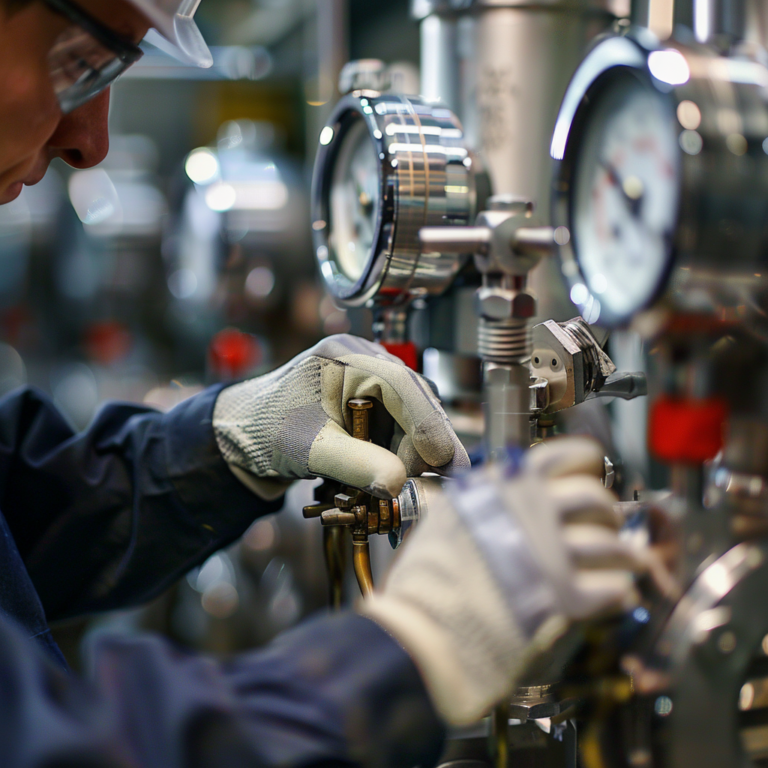
Classification of Pressure Gauges
Pressure gauges are classified primarily by their accuracy level, which determines their suitability for different applications. The following are the main categories:
Standard Pressure Gauges
- Accuracy Levels: Commonly available in 2.5% and 4.0% accuracy classes, indicating that the permissible error is ±2.5% or ±4% of the full-scale range.
- Applications:
- General industrial use.
- Situations where high precision is not critical, such as monitoring utility systems or basic mechanical setups.
Precision Pressure Gauges
- Accuracy Levels: Include high-accuracy grades such as 0.1%, 0.25%, and 0.4%.
- Applications:
- Laboratory environments.
- Calibration of other instruments.
- Industries requiring meticulous pressure measurements, such as aerospace or pharmaceutical manufacturing.
Specialized Pressure Gauges
- These include a variety of gauges tailored for specific tasks or environments:
- Diaphragm Pressure Gauges: Used for measuring low pressure or gases.
- Vibration-Resistant Pressure Gauges: Built for environments with constant mechanical vibrations.
- Corrosion-Resistant Pressure Gauges: Designed for aggressive or corrosive substances.
- Differential Pressure Gauges: Measure the pressure difference between two points.
- These include a variety of gauges tailored for specific tasks or environments:
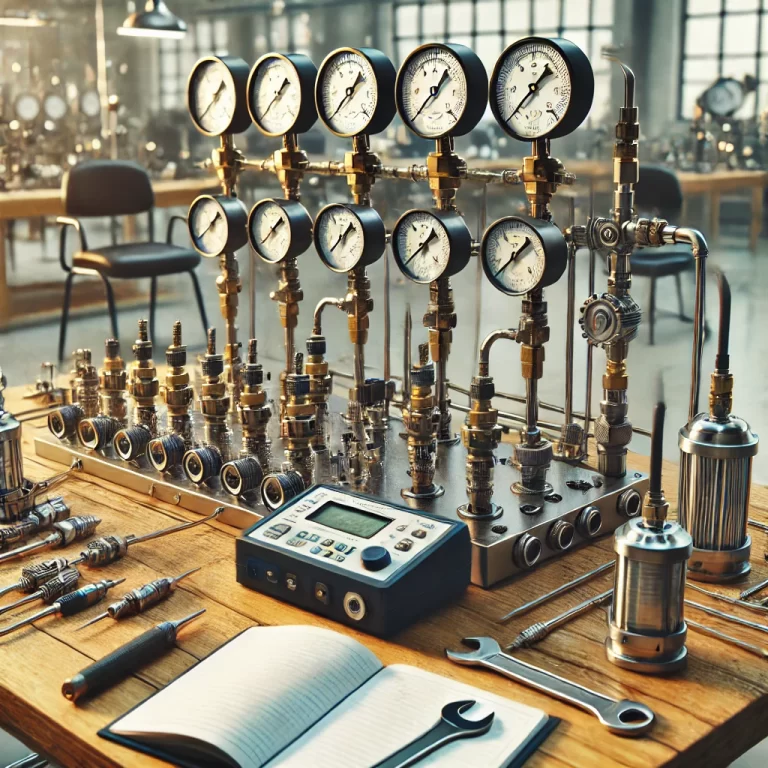
Calibration Cycles for Pressure Gauges
The accuracy of pressure gauges can drift over time due to wear, environmental factors, or overuse. To maintain reliability, periodic calibration is essential. The calibration cycles depend on regulations, operational conditions, and the criticality of the application.
Standard Calibration Cycles
- General Recommendation: Pressure gauges typically require calibration annually.
- Industry-Specific Requirements:
- For equipment governed by strict safety standards, such as boilers and pressure vessels, calibration may be required every six months.
- In high-risk applications, gauges may need to be calibrated every three months or even more frequently.
New Instrument Calibration
- Every new pressure gauge must undergo initial calibration before being put into service to ensure compliance with its stated accuracy levels.
Exceptional Circumstances
- Pressure gauges subjected to:
- Harsh Environments (e.g., high temperatures, corrosive substances, or extreme vibrations).
- Frequent Use or Overpressure Events may require more frequent calibration.
- Users should monitor performance and recalibrate immediately if discrepancies are detected.
- Pressure gauges subjected to:
Legal and Standards-Based Calibration
- According to the international calibration standard JJG 52-2013 (Verification Regulation for General Pressure Gauges and Vacuum Gauges):
- The maximum calibration interval should not exceed one year.
- Critical safety-related gauges often fall under more stringent requirements dictated by national regulations or industry best practices.
- According to the international calibration standard JJG 52-2013 (Verification Regulation for General Pressure Gauges and Vacuum Gauges):
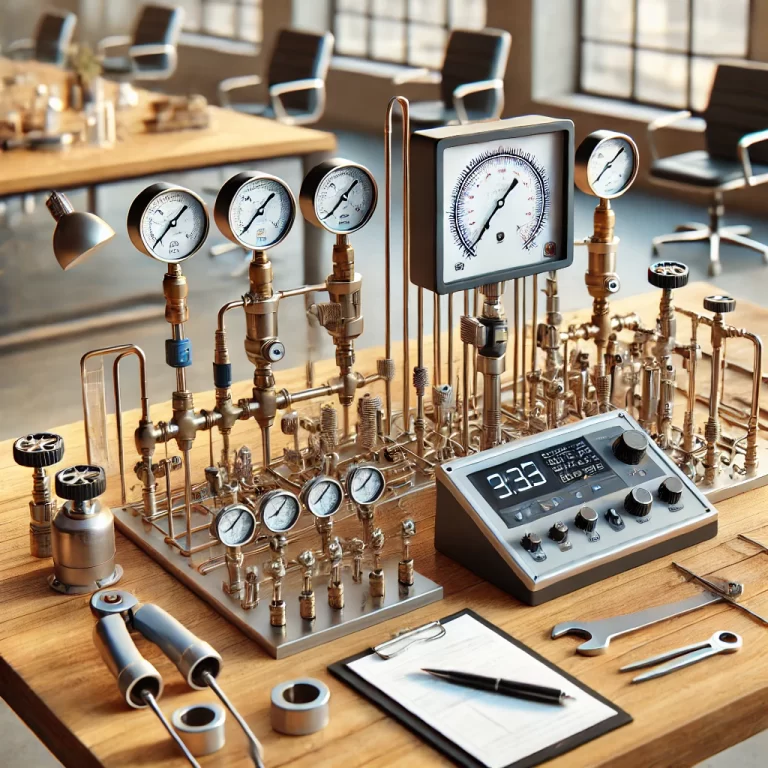
Best Practices for Pressure Gauge Maintenance
- Routine Inspections: Regularly check for visible damage, such as dents, cracked lenses, or loose connections.
- Avoid Overpressure: Operating a gauge beyond its maximum pressure range can permanently damage its internal components.
- Minimize Vibrations: Use vibration-resistant mounts or gauges designed to withstand oscillations in high-vibration environments.
- Environmental Considerations: Protect gauges from extreme conditions like high humidity, corrosive substances, and sharp temperature changes.
- Immediate Recalibration: If a gauge shows unusual readings, exhibits slow responsiveness, or has been exposed to overpressure, recalibration is necessary.
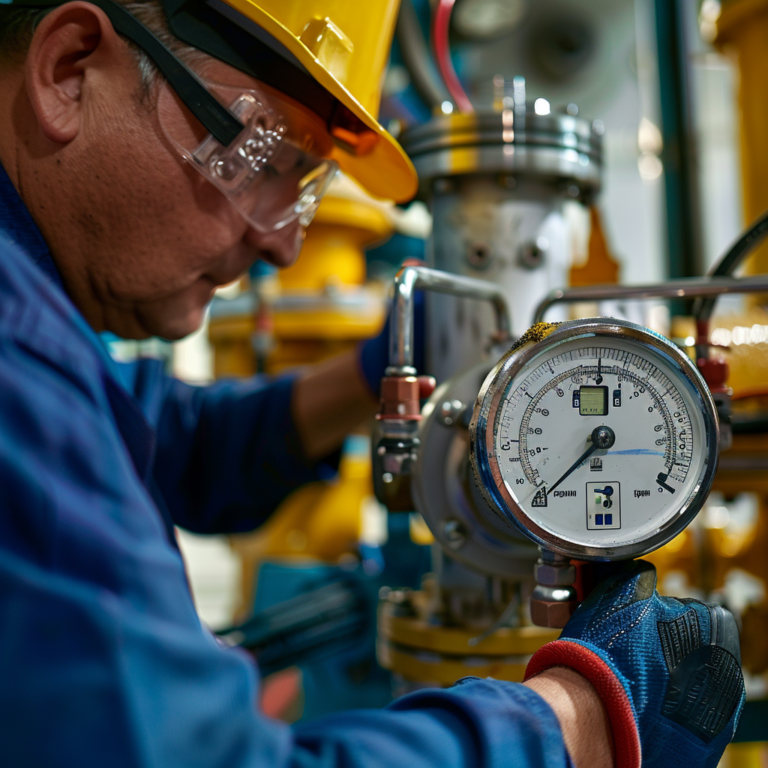
Why Regular Calibration Matters
Regular calibration of pressure gauges ensures that:
- Safety: Systems operate within safe pressure ranges, preventing potential accidents.
- Operational Efficiency: Accurate readings optimize processes and reduce resource wastage.
- Regulatory Compliance: Many industries, especially those involving hazardous materials or high pressures, are bound by law to maintain properly calibrated equipment.
- Prolonged Equipment Life: Well-maintained gauges reduce wear and tear on associated systems by preventing incorrect readings and over-compensation.
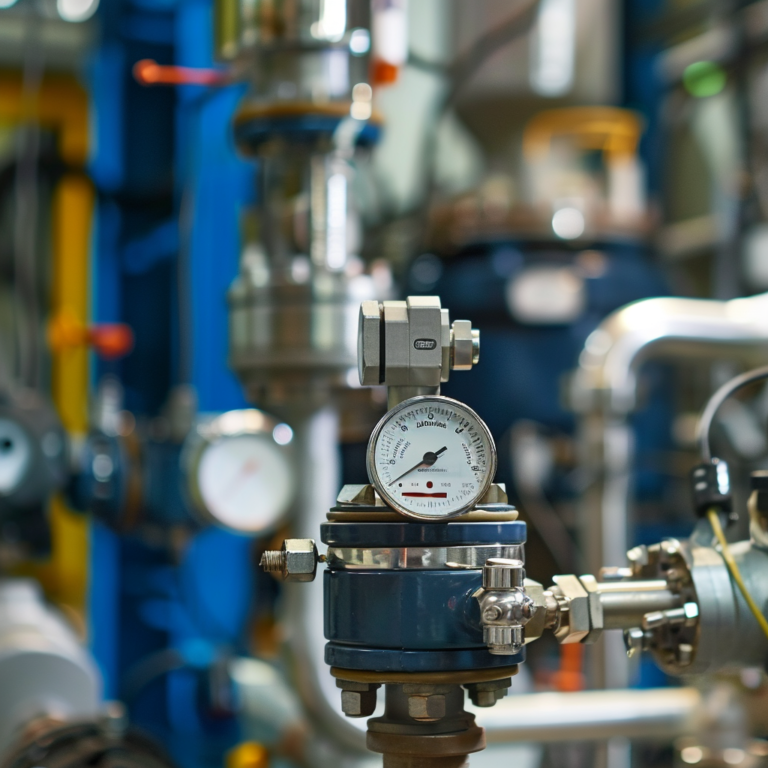
Conclusion
Pressure gauges are critical tools in industrial and scientific settings. Understanding their classification helps users choose the right gauge for their specific needs, while adhering to proper calibration cycles ensures consistent performance and safety. A well-maintained and routinely calibrated pressure gauge can be a valuable asset, enhancing productivity and reducing risks in any operation.
For organizations or individuals working with pressure systems, prioritizing routine calibration and proactive maintenance is not just a recommendation—it is an essential practice.
